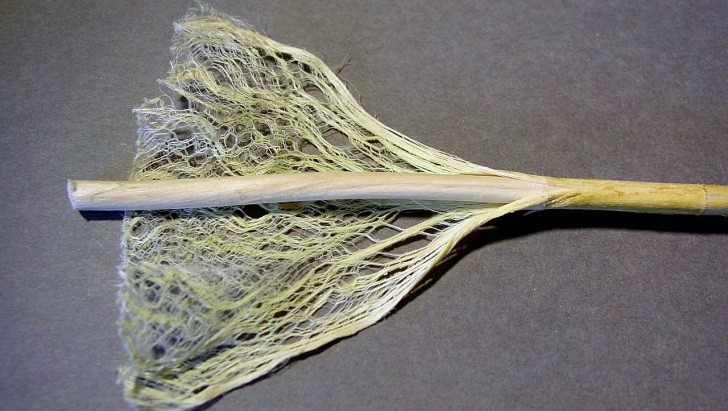Here’s another interesting fact about the plant most of the planet is against because it makes you feel relaxed and damages your mind a bit when abused of. Apart from being recognized as a treatment for numerous medical conditions, cannabis may represent the cheap answer to create supercapacitors. And no, this is not one of those ideas you get when you are high as a kite.
Let us explain a bit. Supercapacitors are like a bridge between normal batteries and rechargeable ones that you also get in EVs now. Their biggest advantage is that they can release a large quantity of energy in small periods of time and also get to recharge back to 100% in just seconds.
That’s basically why they are mostly used in racing and other applications instead of your Nissan Leaf. And because they are expensive, let’s not forget that.
Usually, they are made from graphene, a material formed by one single layer of carbon atoms that is 100 times stronger than steel, offer better conductivity than copper and exceeds rubber flexibility, if all of the above had the same size.
A team of scientists from different research facilities in Alberta, Canada, finally found a way to replace the expensive and hard-to-obtain graphene, with hemp fibers. Hemp is a cannabis plant that grows very tall and, apart from its well known applications involving THC consumption, is refined into products like oil, wax, resin, rope, cloth, paper and even fuel.
Back to the researchers; the team led by David Mitlin converted the fibers found in hemp stems to the main ingredient for supercapacitors production. He explains that the biomass is firstly cooked in a process called hydrothermal synthesis, explained to follow a principle “almost like a pressure cooker”.
After the lignin and the semicellulose gets dissolved, what’s left is carbon nanosheets that resemble graphene. Then they are gathered and assembled into electrodes, which helped by an ionic liquid (the electrolyte) forms a supercapacitor.
The new material is reported to have same or even better performances than graphene-based products. The hemp fiber works even at 0 degrees C and offers an energy density of 12 Wh/kg which can be achieved in 6 seconds of charging.
The technology won’t probably be implemented on consumer vehicles so quickly, since supercapacitors make sense for hybrid sportscars for now, but a report about Tesla working to make advanced batteries using graphene might turn the company taking a look at this breakthrough if they want to give the Model S a 500 mile range.
There you go, another example saying how caring Mother Nature is for giving us this wonder plant.
That’s basically why they are mostly used in racing and other applications instead of your Nissan Leaf. And because they are expensive, let’s not forget that.
Usually, they are made from graphene, a material formed by one single layer of carbon atoms that is 100 times stronger than steel, offer better conductivity than copper and exceeds rubber flexibility, if all of the above had the same size.
A team of scientists from different research facilities in Alberta, Canada, finally found a way to replace the expensive and hard-to-obtain graphene, with hemp fibers. Hemp is a cannabis plant that grows very tall and, apart from its well known applications involving THC consumption, is refined into products like oil, wax, resin, rope, cloth, paper and even fuel.
Back to the researchers; the team led by David Mitlin converted the fibers found in hemp stems to the main ingredient for supercapacitors production. He explains that the biomass is firstly cooked in a process called hydrothermal synthesis, explained to follow a principle “almost like a pressure cooker”.
After the lignin and the semicellulose gets dissolved, what’s left is carbon nanosheets that resemble graphene. Then they are gathered and assembled into electrodes, which helped by an ionic liquid (the electrolyte) forms a supercapacitor.
The new material is reported to have same or even better performances than graphene-based products. The hemp fiber works even at 0 degrees C and offers an energy density of 12 Wh/kg which can be achieved in 6 seconds of charging.
The technology won’t probably be implemented on consumer vehicles so quickly, since supercapacitors make sense for hybrid sportscars for now, but a report about Tesla working to make advanced batteries using graphene might turn the company taking a look at this breakthrough if they want to give the Model S a 500 mile range.
There you go, another example saying how caring Mother Nature is for giving us this wonder plant.
